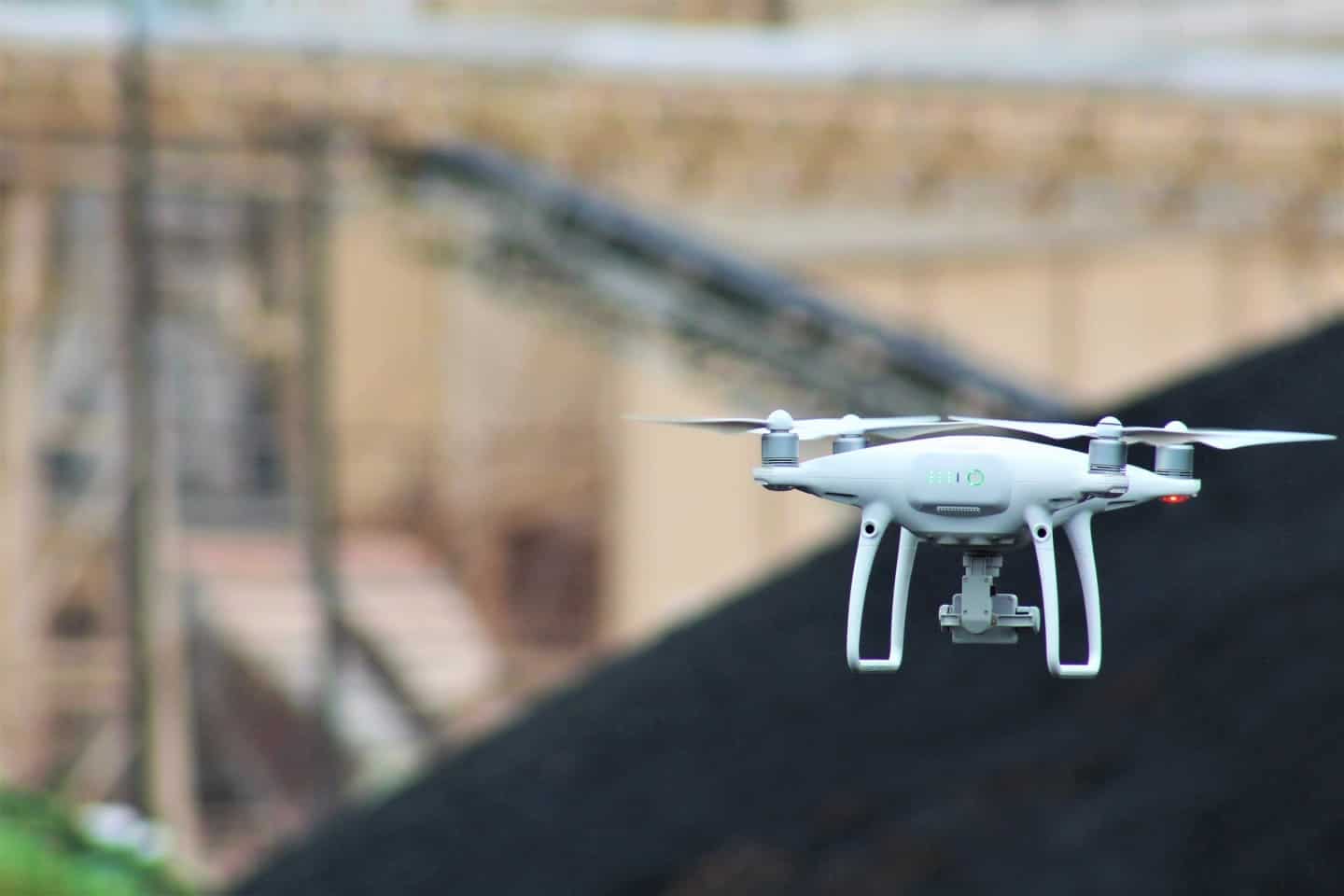By Lauren Elmore
If you’re a company that moves dirt, you know that the most important numbers are the ones that tell you how much dirt you’ve moved. It is not only the number that you base billing off of, but it is also a number that can potentially cause large disputes with the companies you work with.
What if there was a cost-effective way to get accurate, timely, and frequent numbers?
The reality is that historically, these numbers were often not really calculated. They were based on assumptions. The data you were operating your business with was based on the truck count multiplied by the assumed or average amount in a truck load. This often led to huge discrepancies, as assumptions are not an accurate data driven measurement tool.
One way to check this in the past was to have a surveyor walk the active area on the site. The surveyor walked around the work site with his base and rover taking individual points. From those data points, a model was created. While each individual point was extremely accurate, this was a manual process and a surveyor could only take so many points, which could lead to discrepancies as well. The results often took weeks to complete and it is hard to use old data to positively impact your operations. Additionally, the job is dangerous. It also costs you money because you have to shut your operations down to let the surveyor do his job, decreasing your operational efficiencies.
Even in the last three years, technology has taken this issue and totally transformed the way you can manage your dirt-moving operation. Drones are a game changer in the aggregate industry. Now, instead of having a surveyor come out to your site, you can fly a drone. Instead of collecting hundreds or thousands of points, you can collect hundreds of thousands or millions of data points. With the right controls in place, you can get accurate data and much more of it.
You can also get that data without putting a person in a dangerous situation. When you fly a drone, that individual can stay out of harms way. Additionally, work doesn’t need to stop while the data is being collected, helping you keep your operation running properly.
So now that you have this data, what do you do with it? You can now use accurate cut volumes. Since you’re getting paid by how much dirt you move, you can use the analysis and the independence of the company that is doing the data processing to help you bill your client more accurately. This allows you to avoid costly disputes.
Finally, you can also use it to improve your operational decision-making. You can fly the drone at your convenience. This gives you the ability to fly frequently and assess the state of your projects on a regular basis. Are you meeting your target production goals? If not, why? With drone technology, you will be able to make changes quickly to improve your operation.
Technology has given you the ability to drastically improve your operational efficiencies. When you take the information and turn it into business intelligence, you can positively impact your operation.
New technology can be hard to embrace and to implement. At Firmatek, we believe in supporting our clients through that transition process. It is worth the challenge of a new process to have the information you need to improve your operation and avoid costly disputes.
See also: Turner Mining Group Case Study


